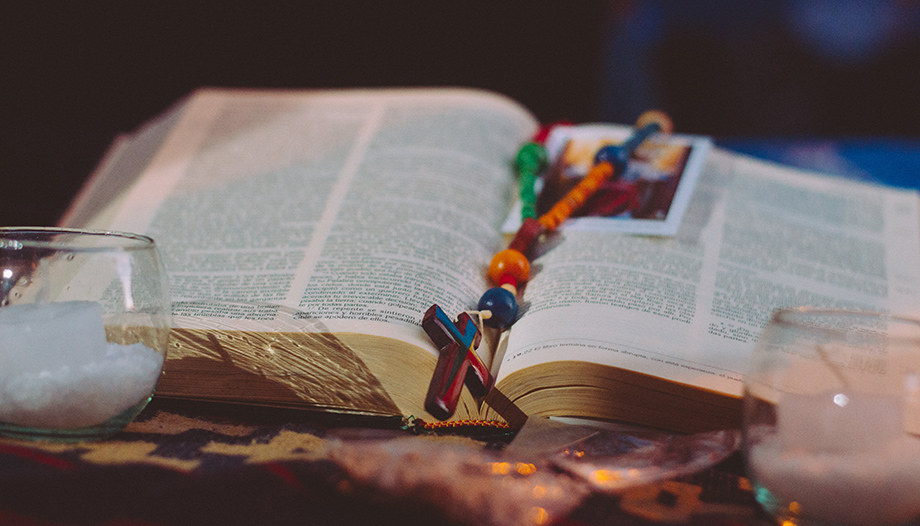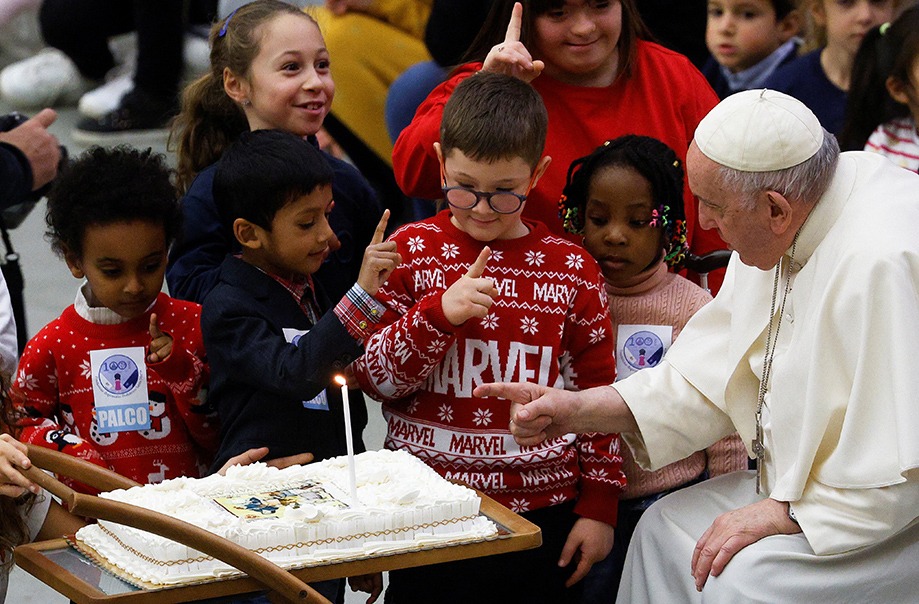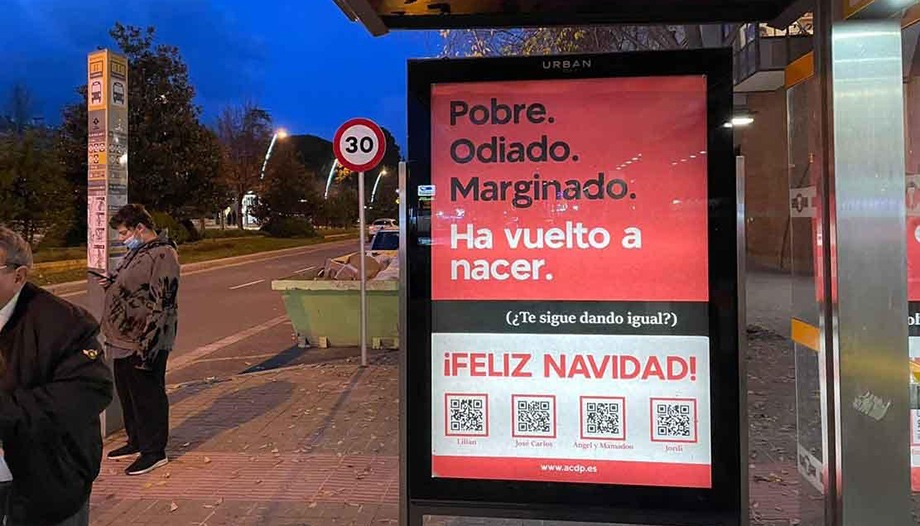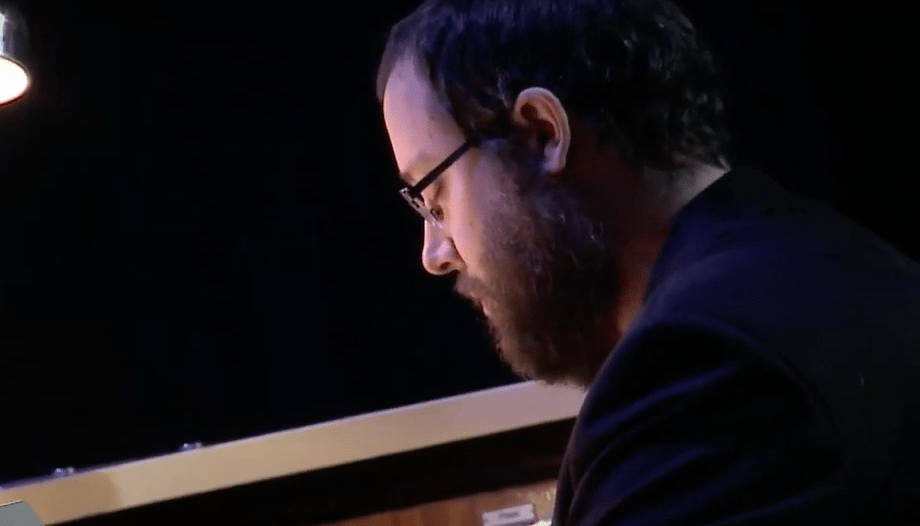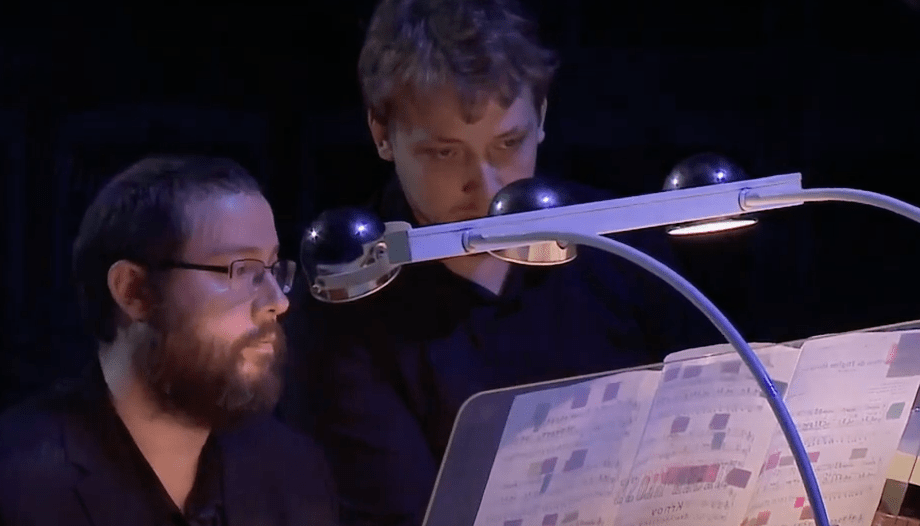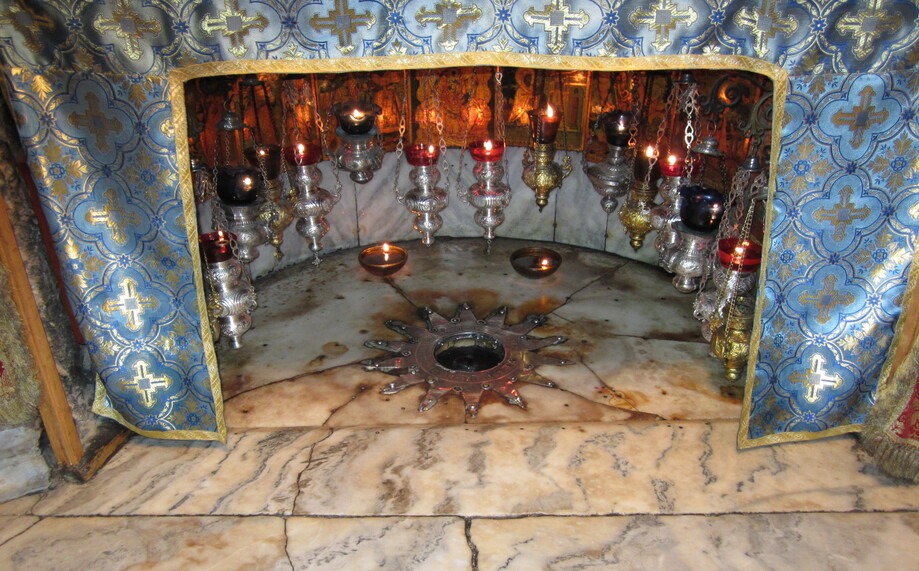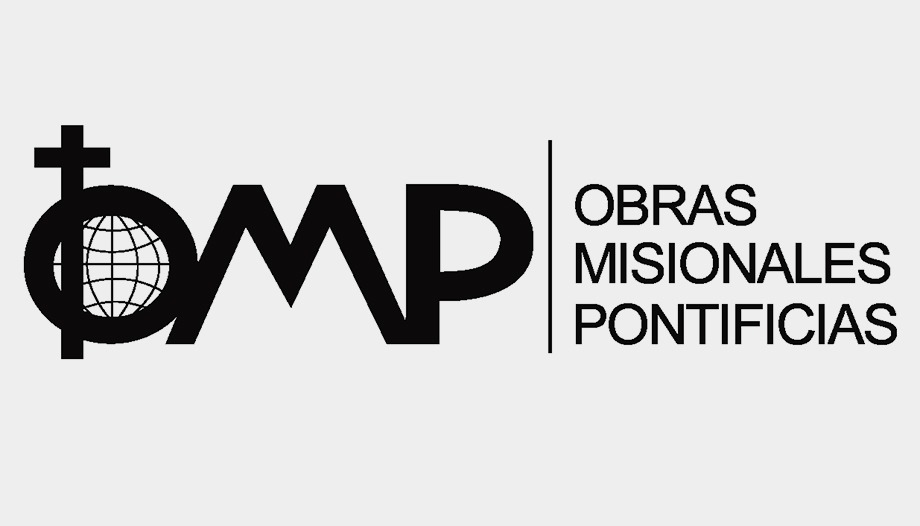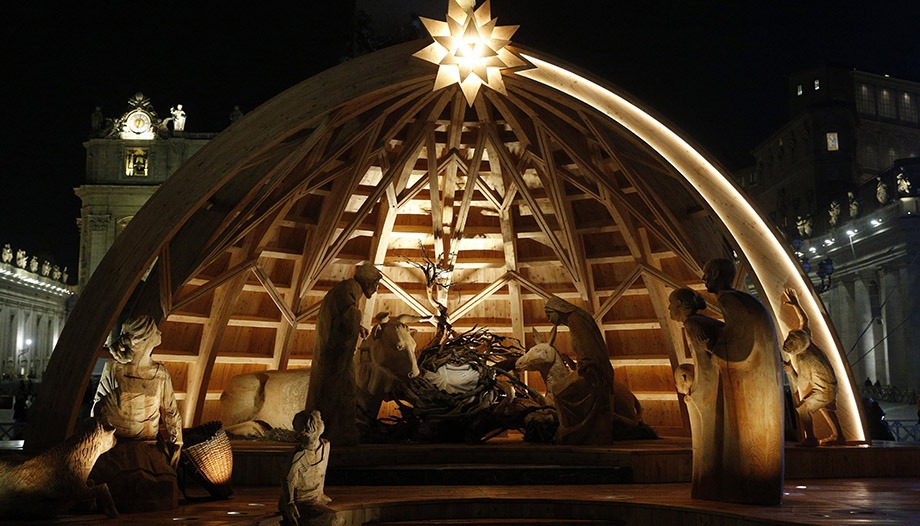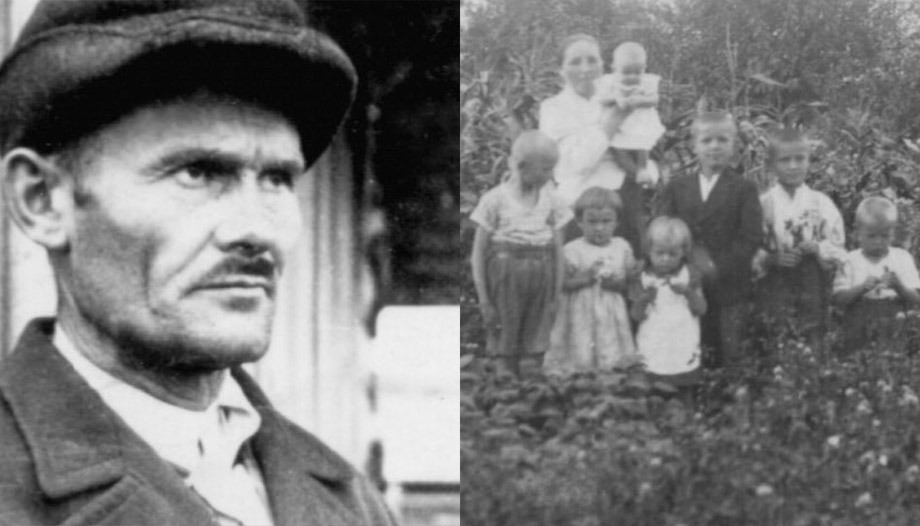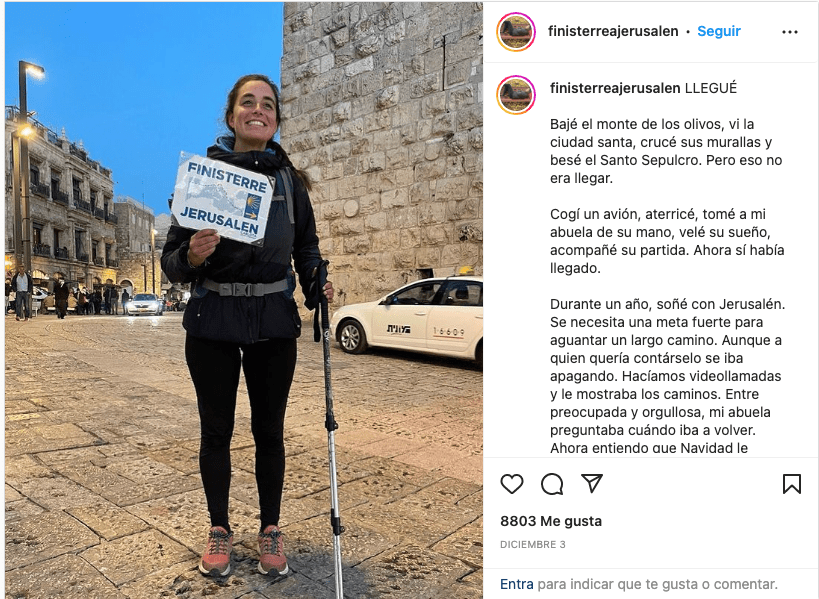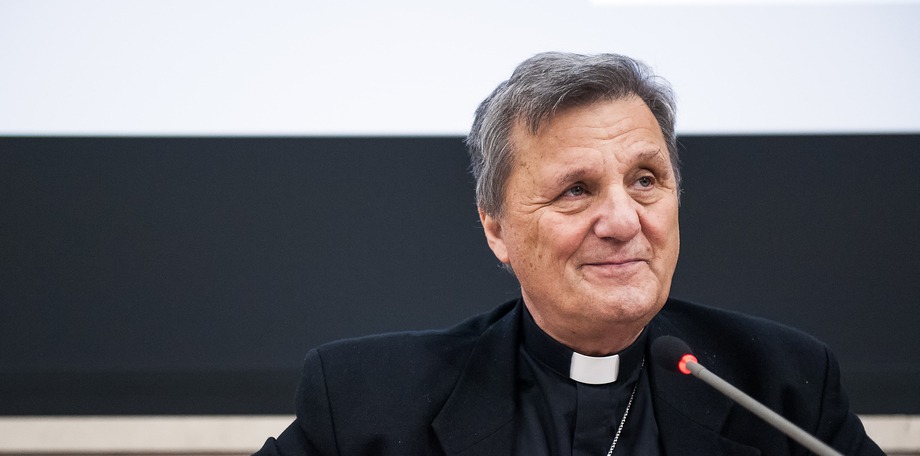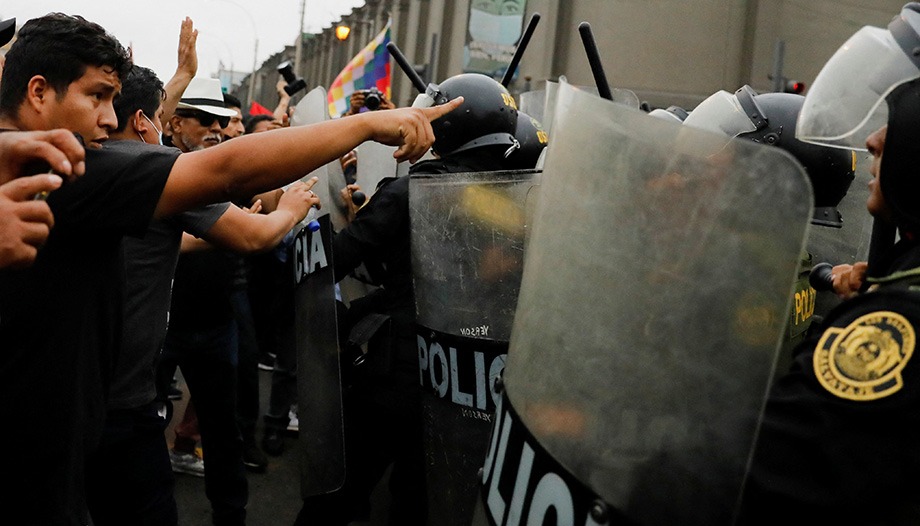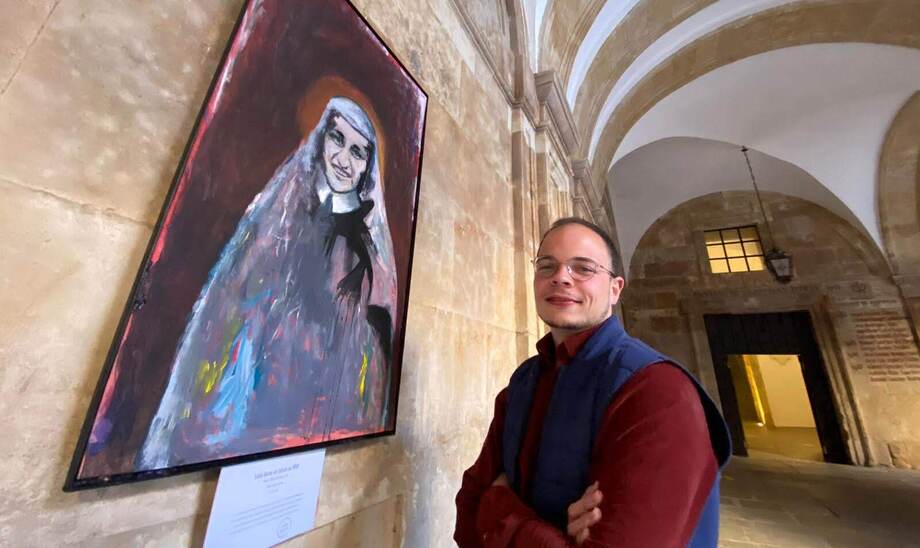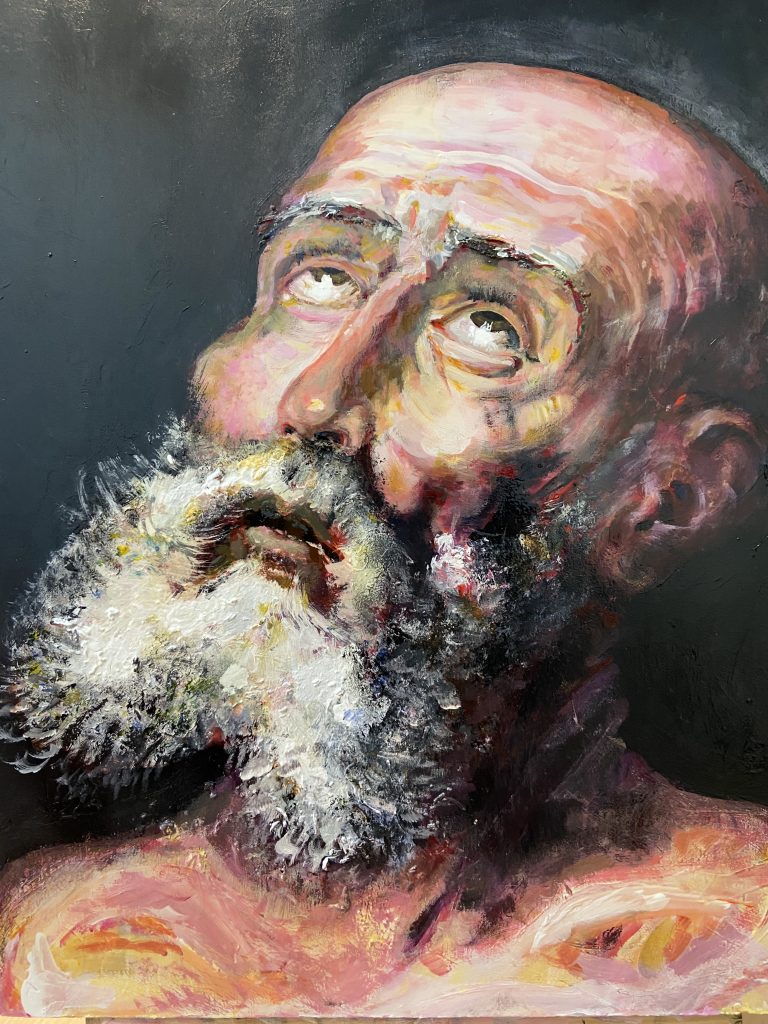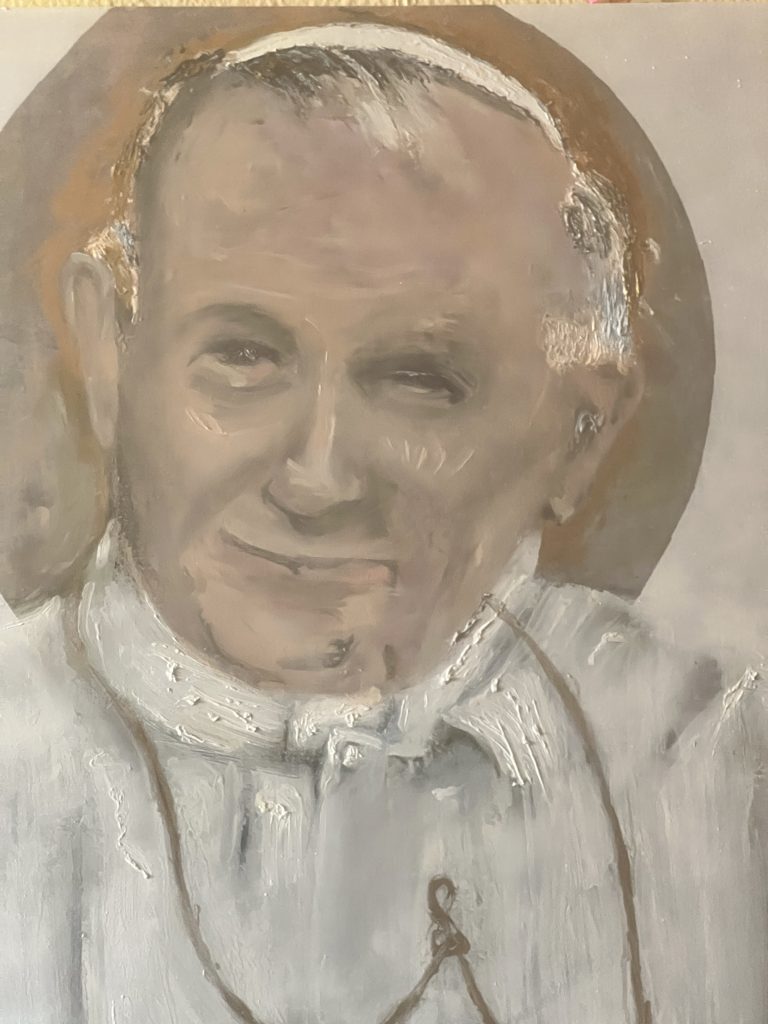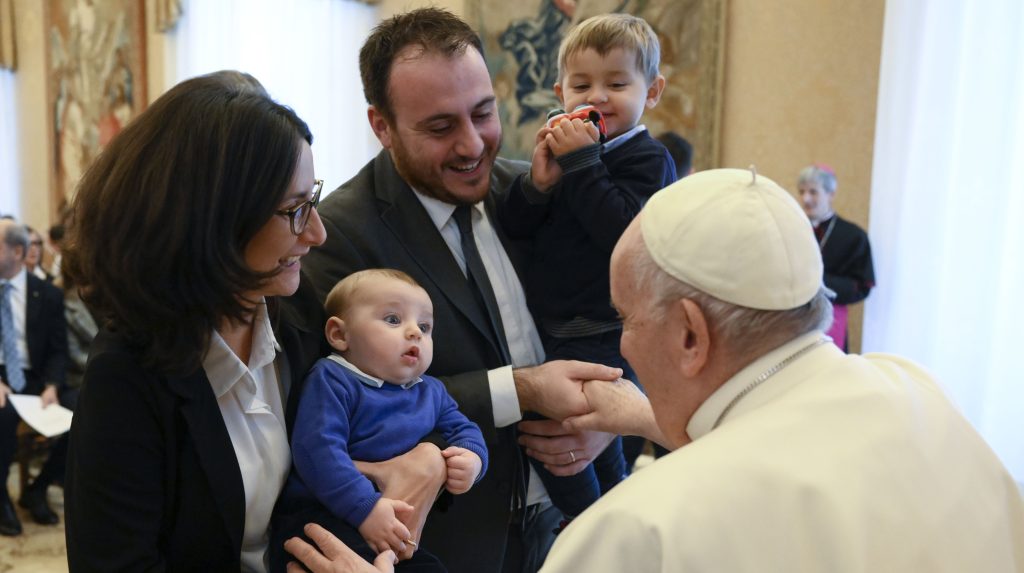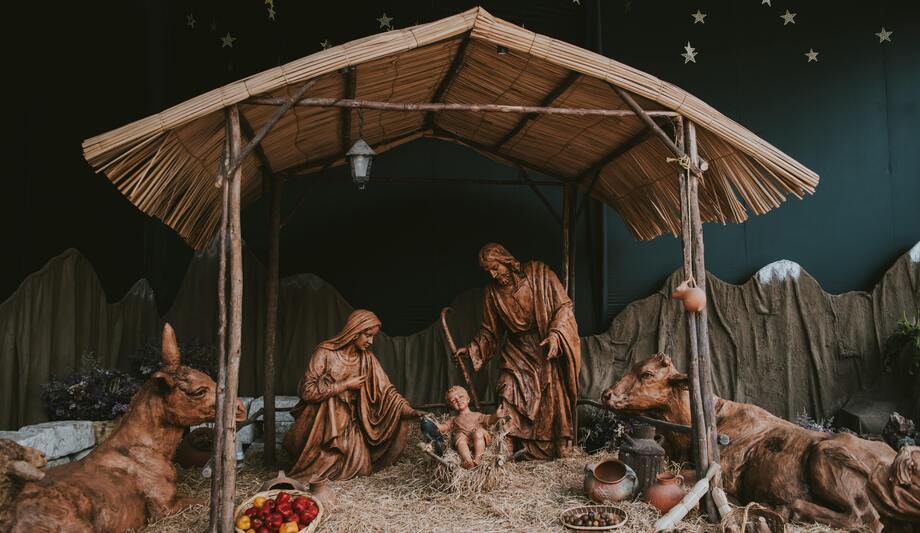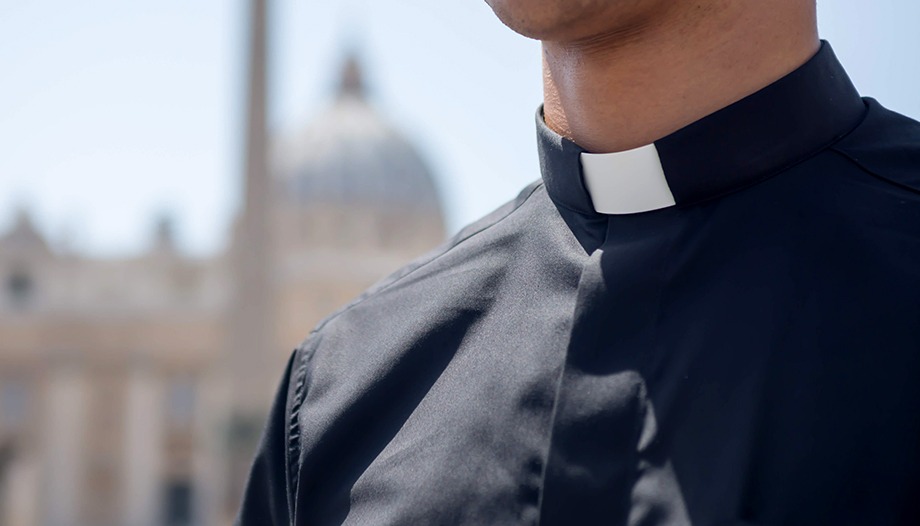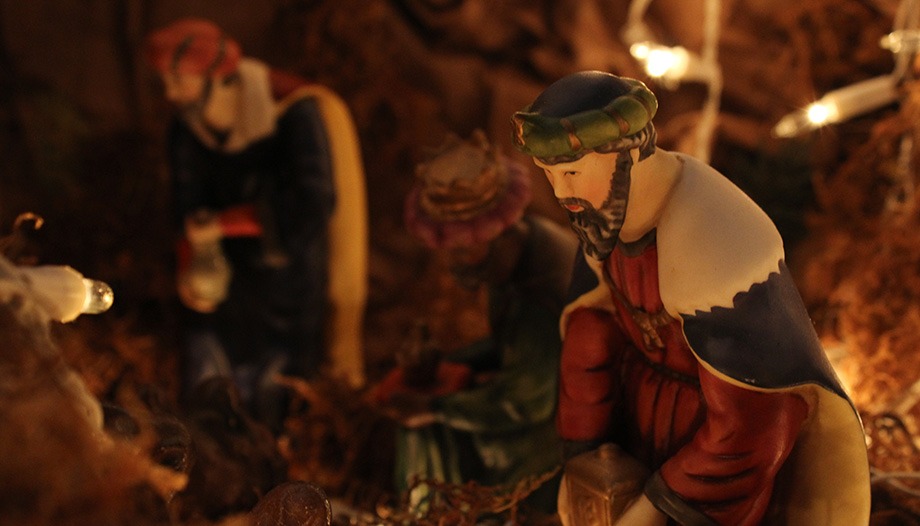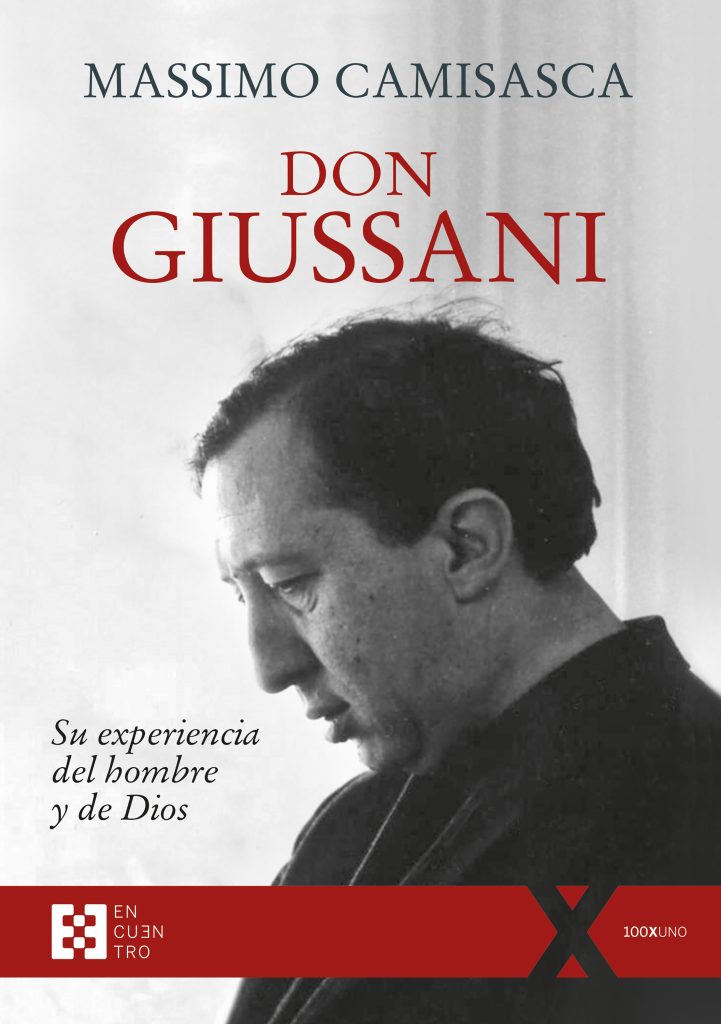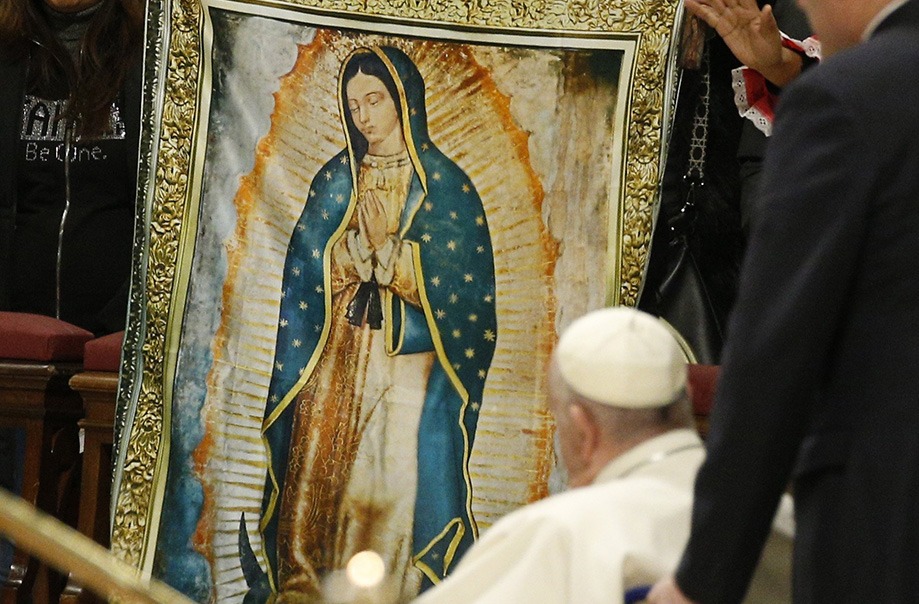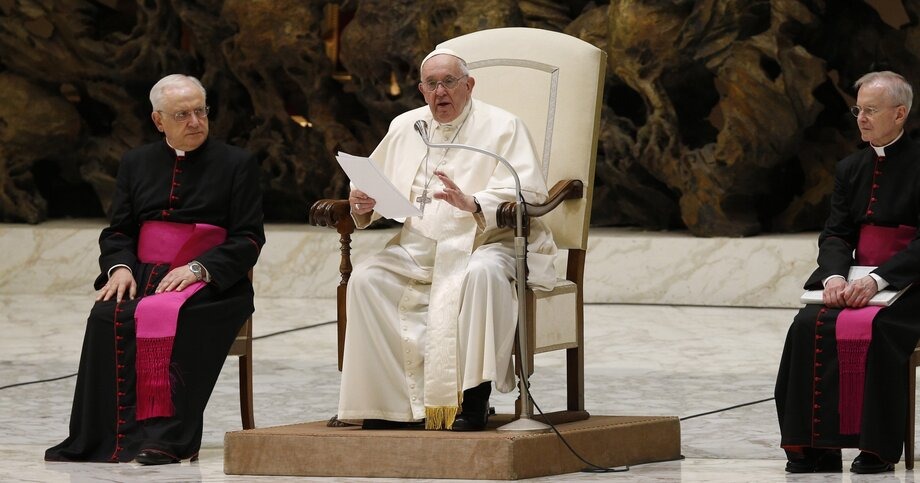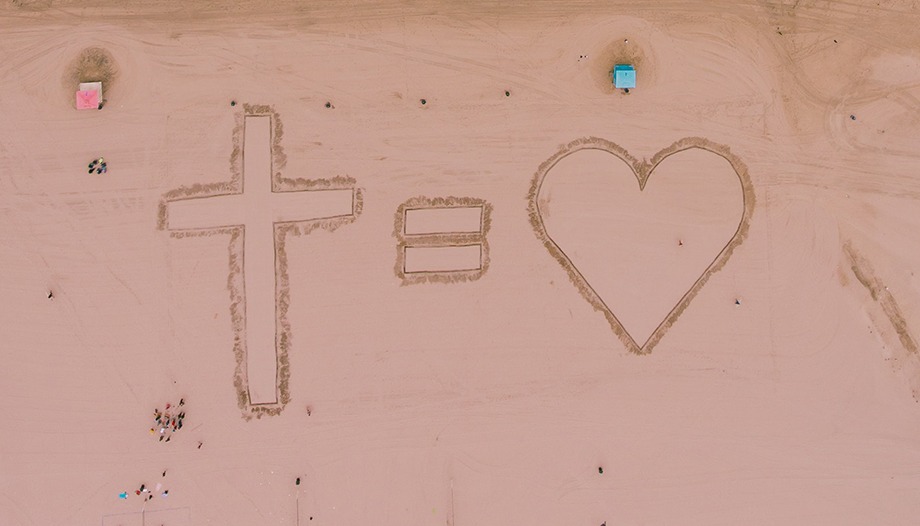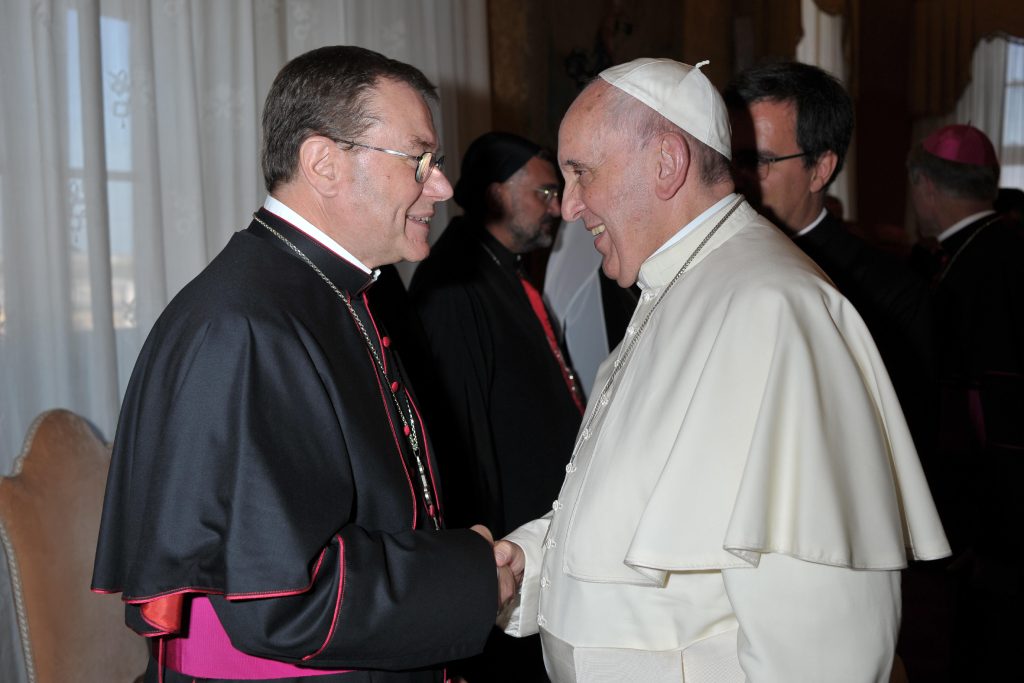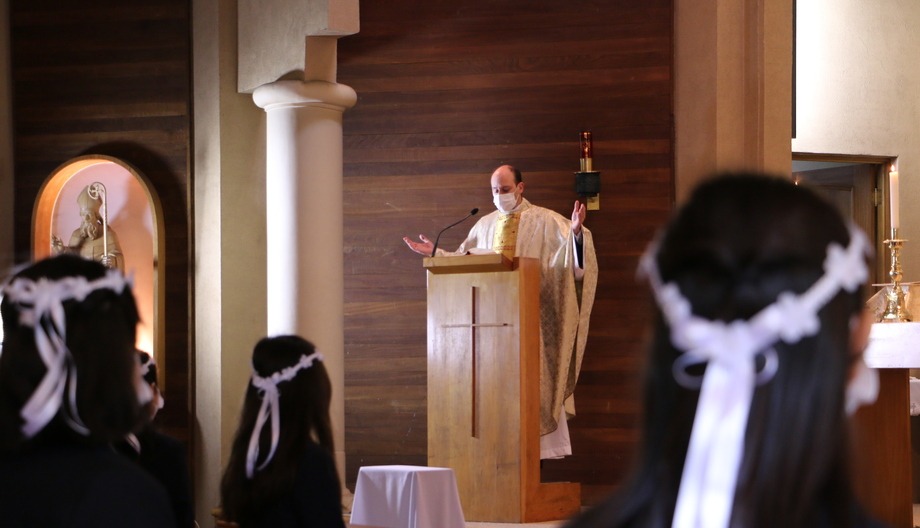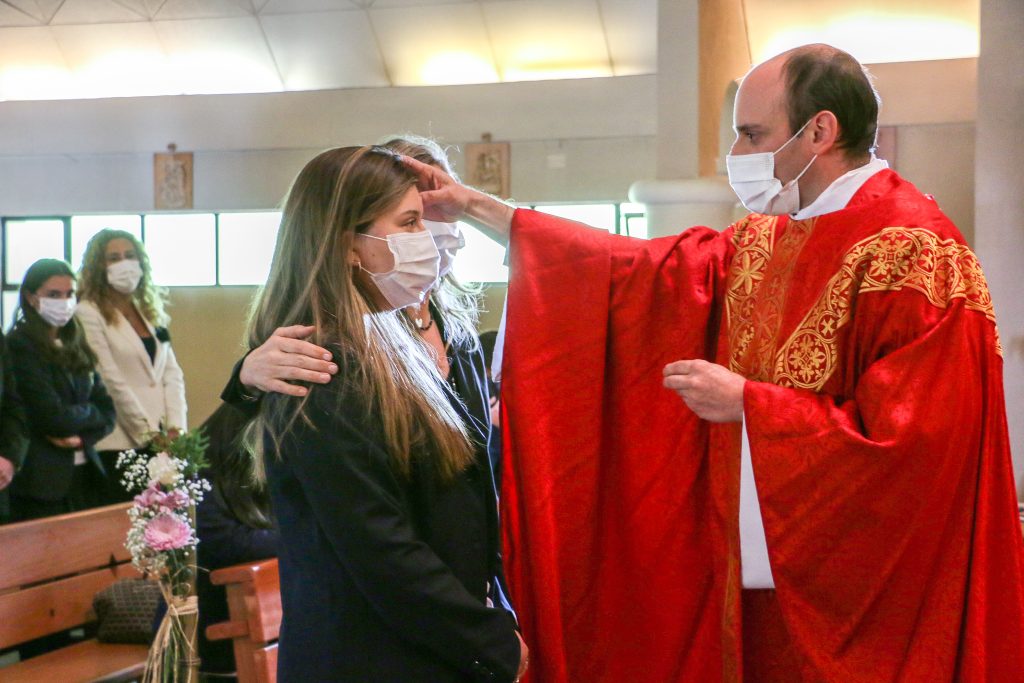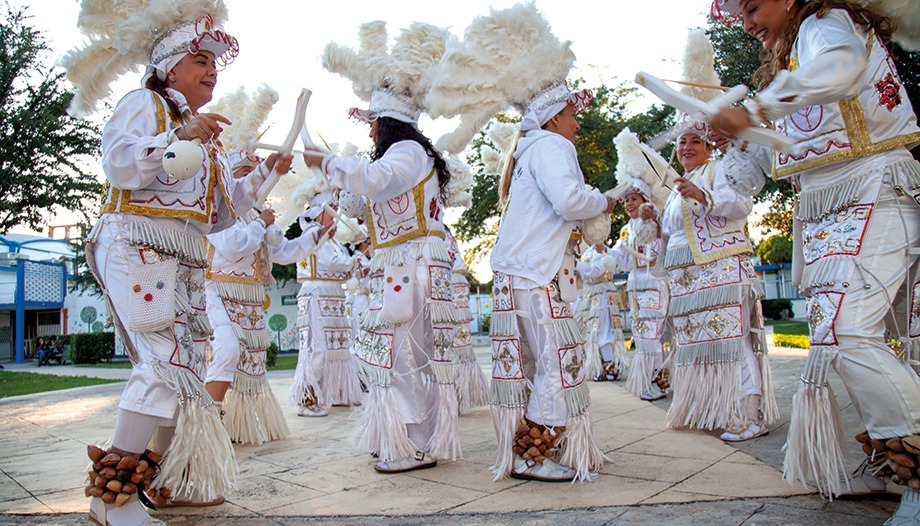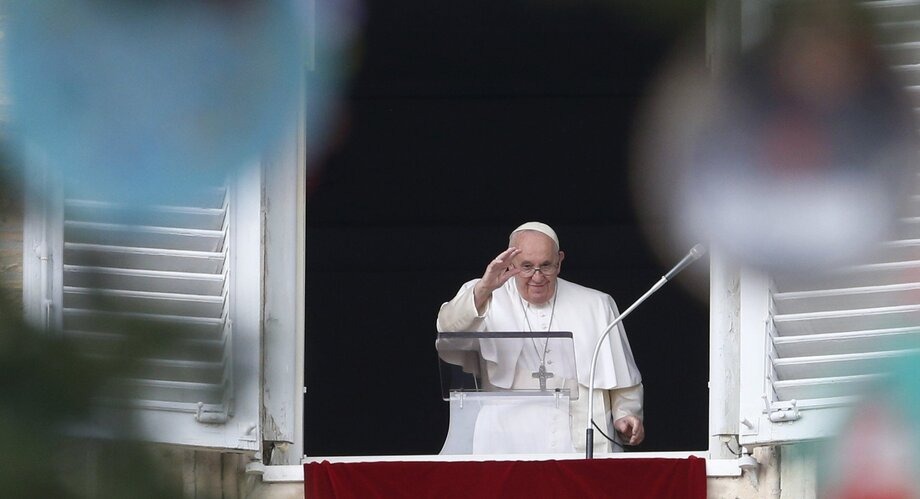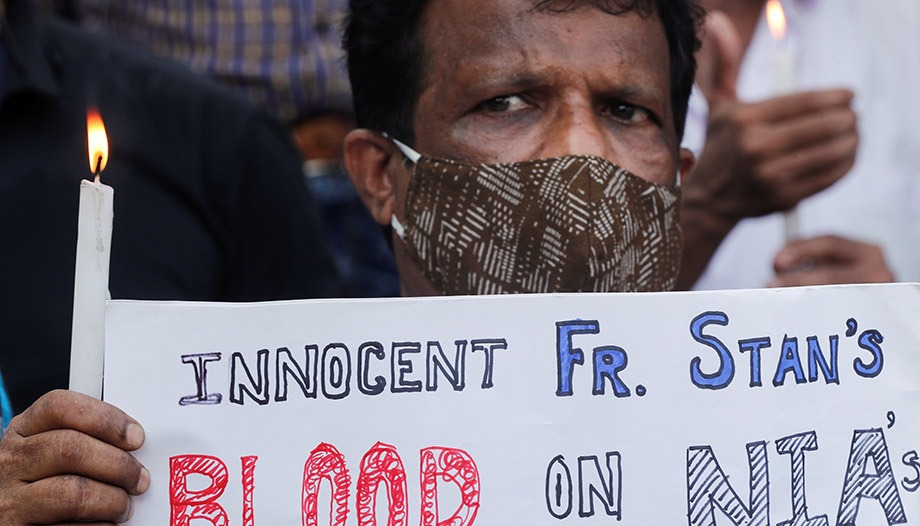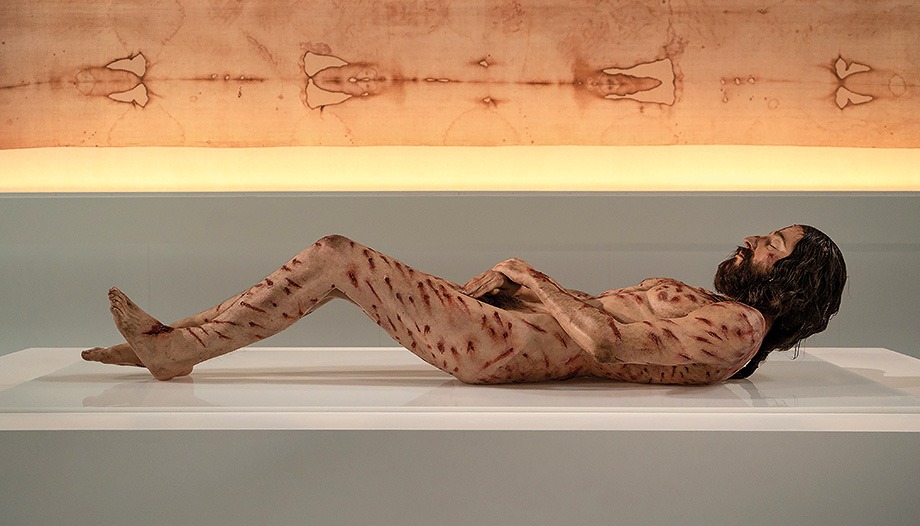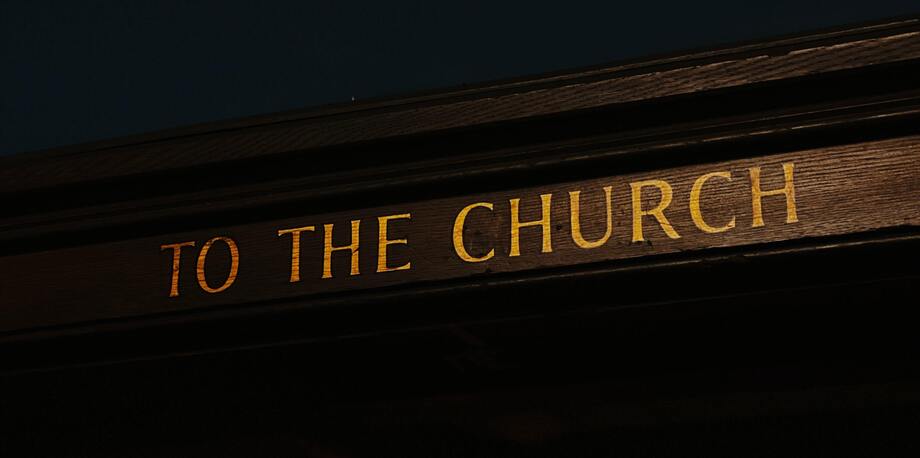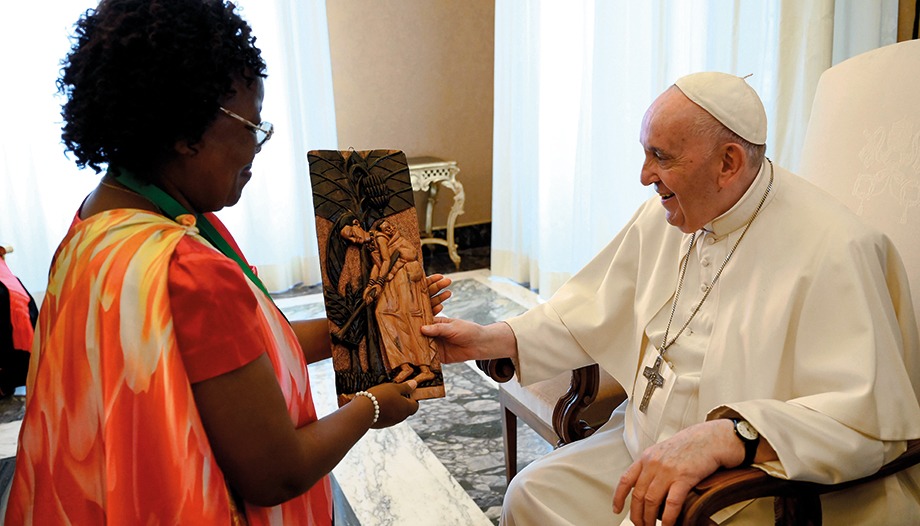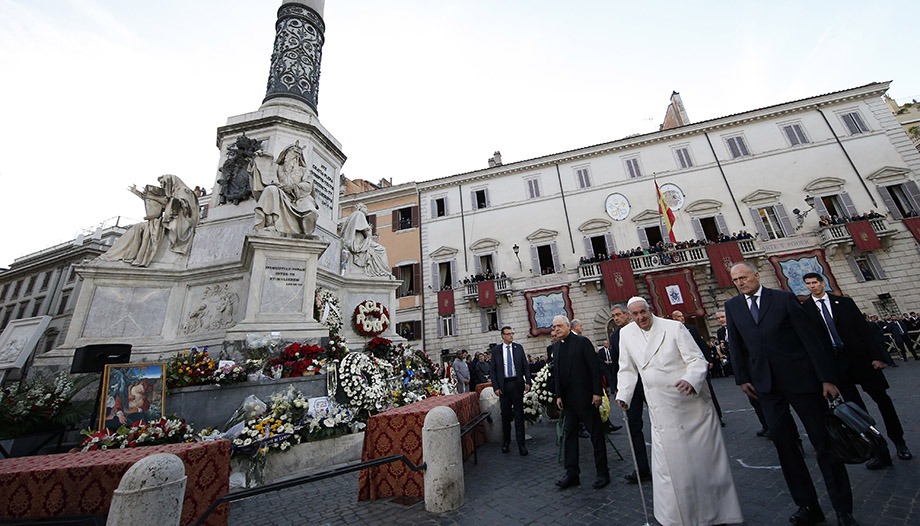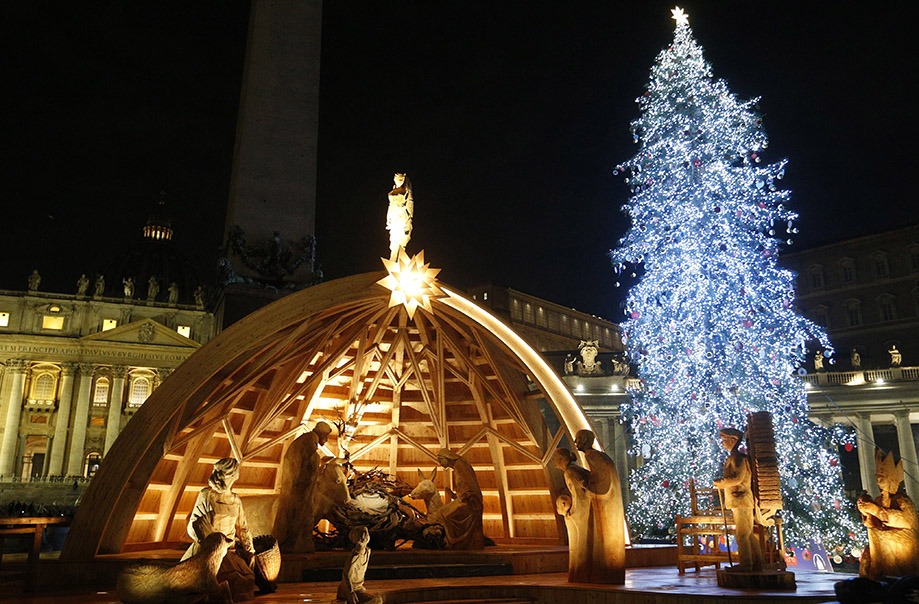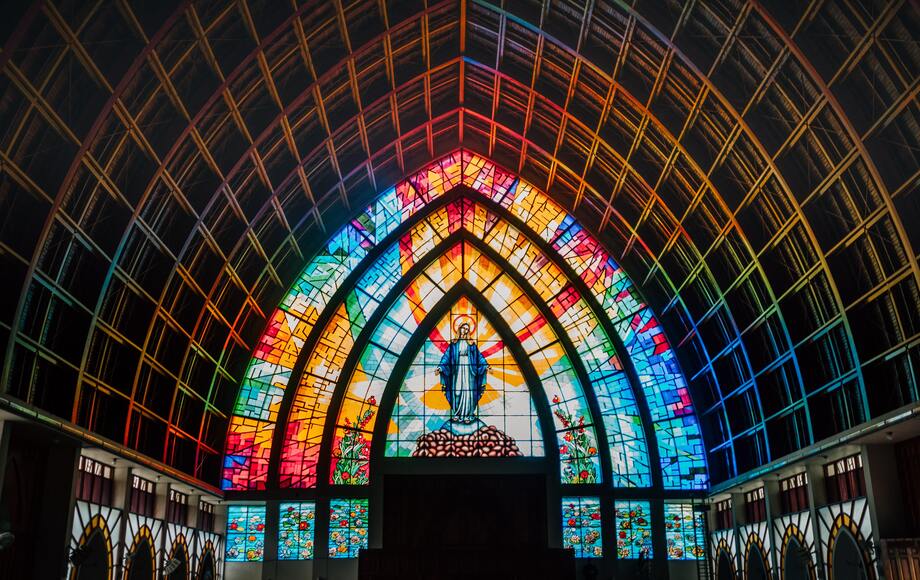"He is God!", shouts Don Felipe in a clear and strong voice, as he raises his cane decorated with brightly colored paper. The group of children, women and men repeat the slogan with the same strength, despite the cold, the tiredness, the light rain that is beginning to be felt. They are ready to start their way to the Basilica of Guadalupe, and there are several kilometers ahead.
"There are those who express their love to the Virgin with their songs, or with their prayers, there are those of us who prefer to honor her with our dance, we surrender our body and spirit", says Irma, who started participating in Felipe's group 9 years ago after surviving a heart attack. This is her way of giving thanks for another year of life. This is the matachines group "Danzantes de María de Guadalupe", formed more than 30 years ago by Don Felipe's father, who in turn was part of a similar group with his father.
There is no doubt that the dancing tradition runs in the family.
This story is repeated throughout Mexico, where the dance tradition inherited from pre-Hispanic cultures has been maintained over the centuries, due to religious syncretism.
The matachines are a group of dancers, with a well-defined structure and functions, whose objective is to make a pilgrimage -while dancing- to the place where the Virgin Mary is venerated. Virgin of Guadalupe.
Although the dance, the rhythms -percussions, bow similar to a violin, guaje similar to a rattle, and in some regions, reed flutes-, the clothing, and the songs -also depending on the region- have their origin in the war dances performed before or after the battle, the evolution throughout the centuries involves both the evangelization process, as well as the acculturation processes inherent to any historical development.
Jesters or warriors?
Mexico's cultural diversity is reflected from the pre-Columbian period, where each ethnic group had its own way of establishing a spiritual relationship.
These particularities of each pre-Hispanic people were key elements for the evangelization of Mexico, because in the case of the cultures that had dance as a ritual, they were able to integrate their traditional rituals to new meanings and objectives: they stopped being warrior dances to become expressions of love and veneration towards God who loves them and his mother, Mary of Guadalupe, who protects their steps.
The origin of the word "matachín" could seem to derive from a native language of Mexico. However, authors such as Ángel Acuña, a researcher who has specialized in the subject, points out two possible origins: on the one hand, as a derivative of the Spanish "mata moros" or a second origin coming from the Italian "mattaccino", or as it is currently known, "matazin": a man dressed in ridiculous colors, who, wearing a mask, parodies ancient warrior dances.
Dancing prayer
After shouting three times "He is God!" Felipe now asks "Who is she?", and the group of matachines responds "The Virgin Mary!".
Along the street where more than 20 groups of dancers gather on the eve of December 12, these slogans are heard with their different variations: some accompanied by the name of the group, others more as a melodic song than as a cry of struggle, some more as the beginning of a brief prayer before starting the pilgrimage, but all of them as a manifestation of the Guadalupan faith.
Although the matachines are a tradition throughout the country, northern Mexico has distinguished itself by maintaining both its functions and its "cuadros" - as they call the choreographies - as well as the music, in a way that is closer to its 17th century origins.
Similarly, in contrast to other variants such as the matlachinesin the center of the country, or the shellsThe matachines prepare throughout the year, but focus on the devotion to the Virgin of Guadalupe, and it is only on December 12 and previous dates that they perform their act of praying while dancing.
Dancers of God
Fernando Valle, parochial vicar of the cathedral in Ciudad Juárez, Chihuahua, and chaplain of the Matachines, explains that from a very young age, in his native Guadalajara, he lived very closely the pilgrimages where traditional dances and dances were presented. As time went by, he began to be formed in the way of God and, as a priest in Ciudad Juárez, he found in the Matachines the way in which his parishioners showed a deeper devotion. "They identify themselves with the Church by dancing... but this dancing should take them further, their own name tells them that they are Dancers of God, you should dance to God or make your prayer by dancing... from there with this dynamic I took them, and to date I have taken them in this direction".
When Irma recovered from that heart attack in 2013, the first thing she did was to go to the Basilica of Guadalupe in Mexico City. She traveled, with the necessary care, from her city to the Shrine, and recounts how she felt in her whole body that feeling of rejoicing for having a new opportunity, and of protection from Mary of Guadalupe, whom she says she had present during the entire recovery process and to whom she entrusted herself during the open heart surgery.
Outside the basilica there were several groups of dancers called "concheros", who are characterized by tying to their ankles and calves a series of "shells" or objects that make noise while they dance, and it was there that she thought that in addition to fulfilling her actions as a Christian, she wanted to commit herself and manifest her faith in another way.
Upon his return to his hometown, he looked for a group of dancers and met Don Felipe, whom he asked for permission to join and with whom he had to commit to participate with the same devotion that involves making a prayer. The Danzantes de María de Guadalupe have become her family, and throughout these 9 years she has increased her functions, since, besides dancing, she collaborates with the elaboration of the costumes, participates in organizing the members for the rehearsals, and seeks to prepare herself to be able to be captain at some moment that is required.. "I do it because she (the Virgin of Guadalupe) took me by the hand and never let me go, that is why I am here, the least I can do is to show the world the testimony of her love and that she never abandons us... I do not know how to sing, I did not learn to pray the Rosary, I have always been very happy, to dance, to exercise... and I found in the dance of the matachines a way to give thanks... St. Augustine said that he who sings prays twice, and yes it is true, and I believe that those of us who dance pray three or three times. and I found in the dance of the matachines a way to give thanks... St. Augustine said that he who sings prays twice, and yes it is true, and I believe that those of us who dance pray three or four times, because we give our body".
Months of preparation
The preparation for the pilgrimages begins months in advance. In some cities it is common to see groups rehearsing in neighborhood squares or public parks as early as July or August.
Each group of matachines has different rituals in its process, but, in general, before starting the practice, the dancers pray to the Virgin of Guadalupe, asking for the dance to be well executed, to collect the money needed for the costumes, and for all participants to maintain good health and condition and to be able to arrive on December 12 without inconveniences.
During the previous months, in addition to the practice of the tables to be presented, the functions of each person are also organized: the captain or organizer, who is the one who leads the whole group and assigns the positions and activities to be carried out by each person, is usually the oldest person, and is almost always the one who founded the group.
The "monarcos" or directors are also assigned, who guide the dancers and mark the steps, the direction to be taken, the choreography to be performed, and the slogans, prayers and chants to be carried out during the pilgrimage.
To become a director or monarcoIt takes practice, of course, but also commitment, as Don Felipe mentions. It's not about dancing well, but about doing it with devotion.
There is also the figure of "the old man" who in some regions is also "the devil". Unlike the rest of the dancers, he uses a different costume, characterized by wearing a mask of the character indicated, and does not follow the steps of the painting, but uses a whip or rope to scare away those who are spectators, and interacts with them as a game. In the symbolism, the dancers take this "devil" to God, they want to guide him on the right path, although some other groups mention that it is the representation of how evil can always be present, but the matachines have enough devotion not to be tempted and finish their way to God.
On the way to the celebration of the Virgin of Guadalupe, the groups of dancers organize fundraising activities to raise funds for the costumes, headdresses, footwear, instruments, ornaments, and food not only for the dancers, but also for the family and friends who accompany the matachines on the pilgrimages, and who provide medical support, repair the clothing and keep them company, preventing spectators and even cars from affecting the route.
A wardrobe full of meaning
The costumes vary, as each part of the country has its own characteristic elements, i.e., there are dancers who use plumes, or high headdresses made with bright beads and ribbons, or just hats and handkerchiefs. However, the "nahuillas"are the traditional element that can be found almost everywhere in Mexico. It consists of two long rectangles of cloth that are tied at the waist and cover the legs in front and back, below the nahuilla jeans are used, or whatever is available. These nahuillas are decorated with reeds, beads, ribbons, and the objective is to make them sound at the moment of dancing; they function as another instrument that accompanies the rattles, violins and drums that accompany the dance.
Martha García, responsible for the costumes of the Matachines in Ciudad Juárez, Chihuahua, explains that each element also has a meaning, as the costume has 5 parts: "the head, the center, the feet, and the two arms of the Holy Cross, which is the same as is done in the laying of the palm, with five candles.". On the chest or back, the groups are identified with their shield, which may be the image of the Virgin of Guadalupe, accompanied by the name of the group.
The footwear is variable, although traditionally the ".huaraches"leather sandals used in Mexico. Due to geographical and climatic conditions, dancers have begun to wear shoes, sport shoes, or even shoes made specifically for this purpose.
On the eve of December 12, it is common for groups to gather in the afternoon to eat together and pray before the pilgrimage. Normally one or two Rosaries are prayed to pray for the health and safety of the dancers and their companions during their journey. Once at the starting point, where all the matachines converge to form part of the route that will take them to the Basilica of Guadalupe in their own city, or to the temple of the Virgin that they consider their own. The matachines are organized: a captain in front with the banner of the Virgin, and the rest of the participants in two rows, those who go in front are the monarchs. They all carry drums, bows and rattles, and it is the monarchs who mark the rhythm of the dance.
There is no age or gender to be a matachín. The groups range from children as young as 8 years old to older adults -usually the captain or captain- even 90 years old or older. As Don Felipe says: "Just as there is no age to pray, there is no age to know God, there is no age to serve Him, a child has the most precious prayer and an old man has the most sincere prayer... likewise there is no age to be a matachín, as long as the body holds out... My father danced and was a captain for 40 years, he died dancing almost almost, and so do I, as long as the body holds out I continue dancing".
The authorCitlalli Sanchez and Pablo A. Zubieta  Jesus Christ at the center of Christian life and evangelization
Jesus Christ at the center of Christian life and evangelization How does the Religion class look like in the LOMLOE?
How does the Religion class look like in the LOMLOE?











